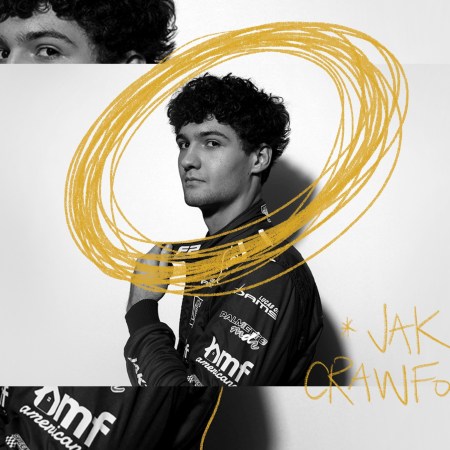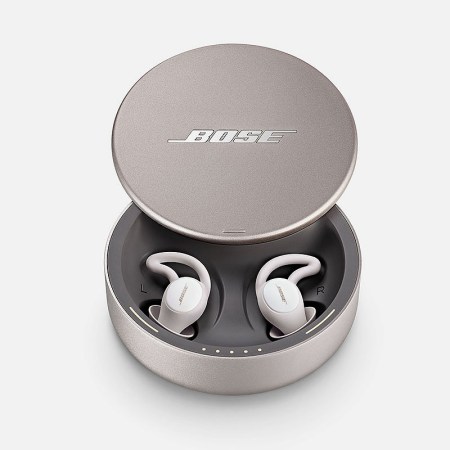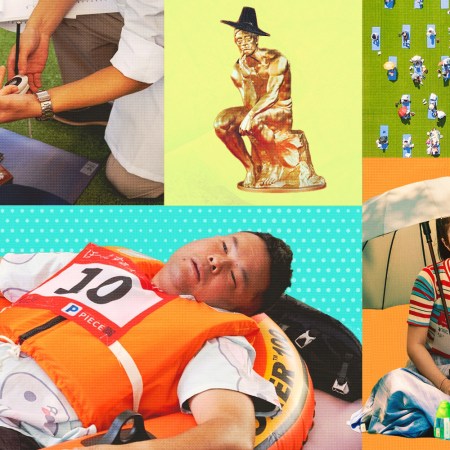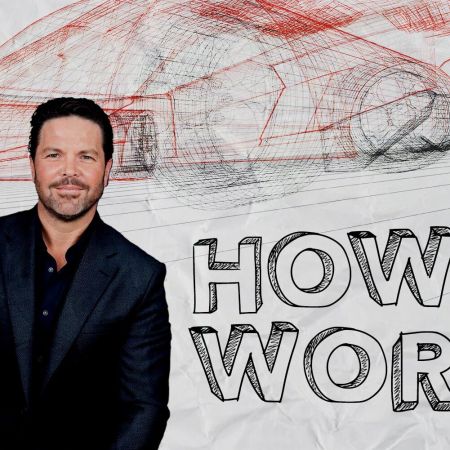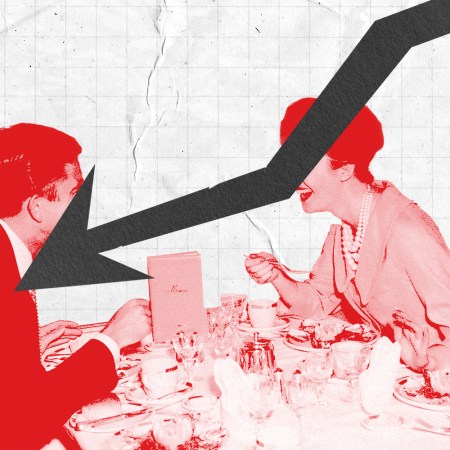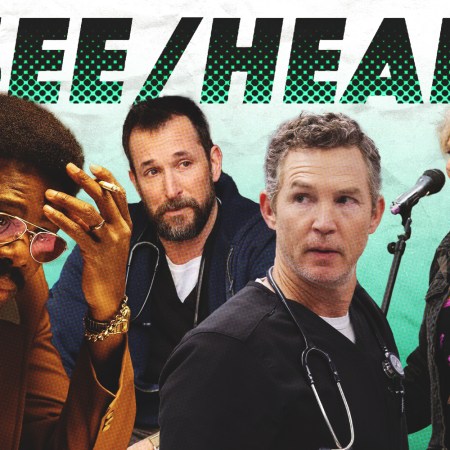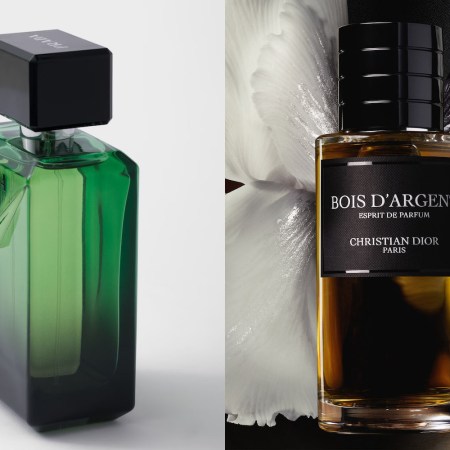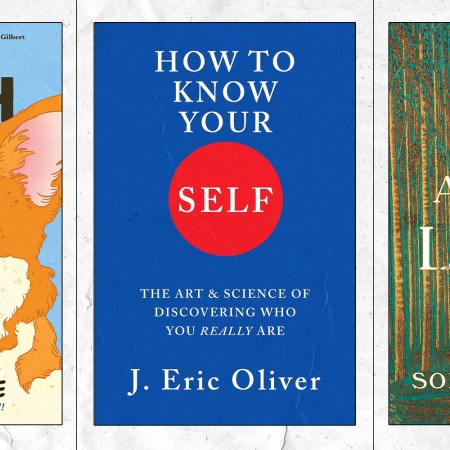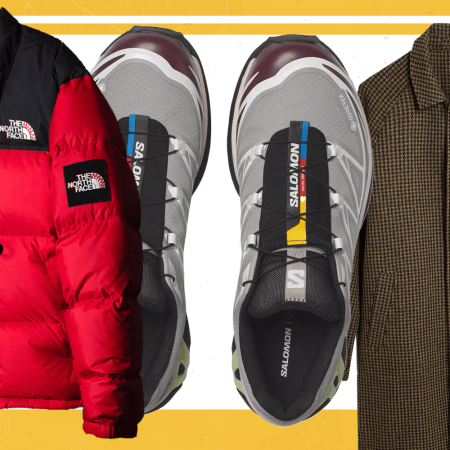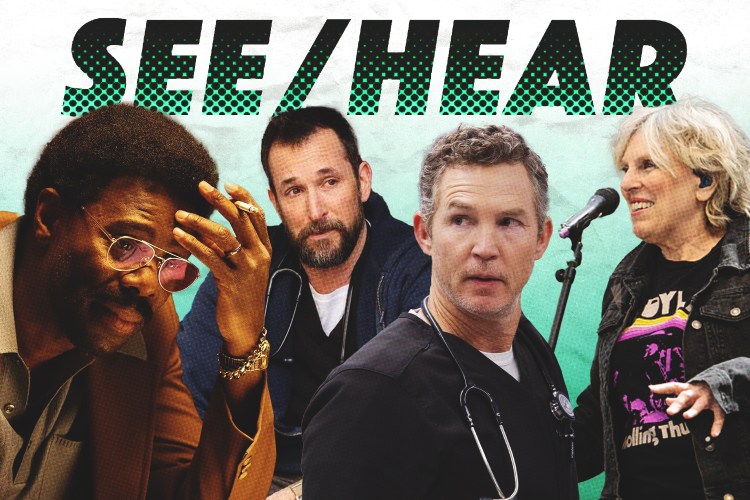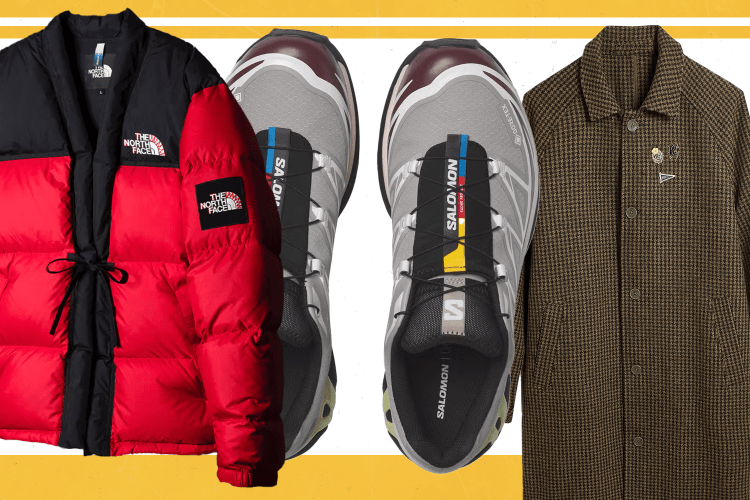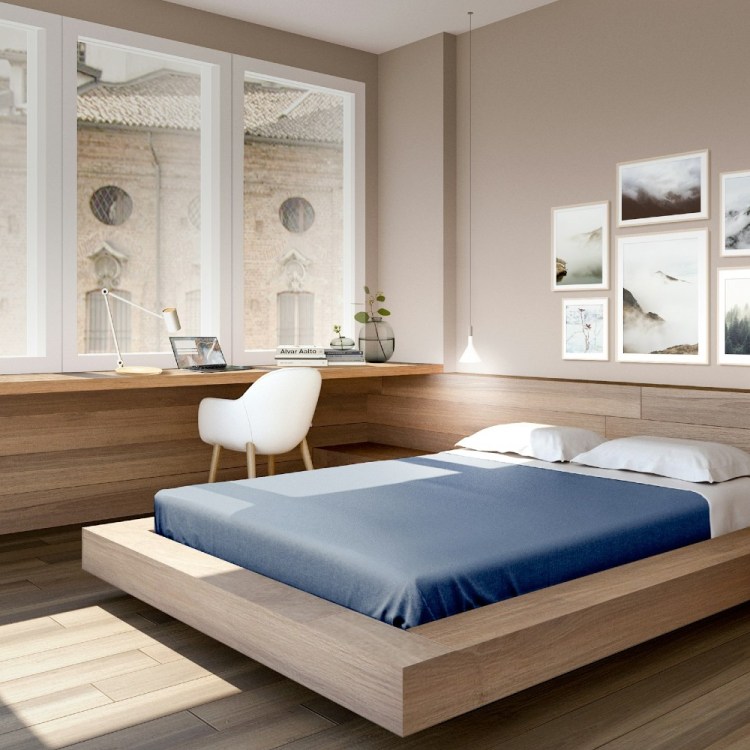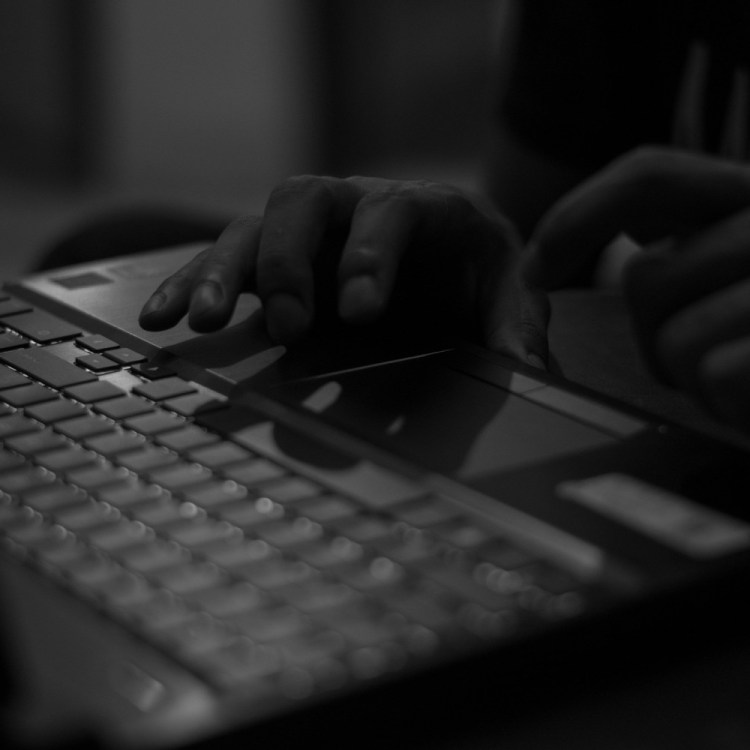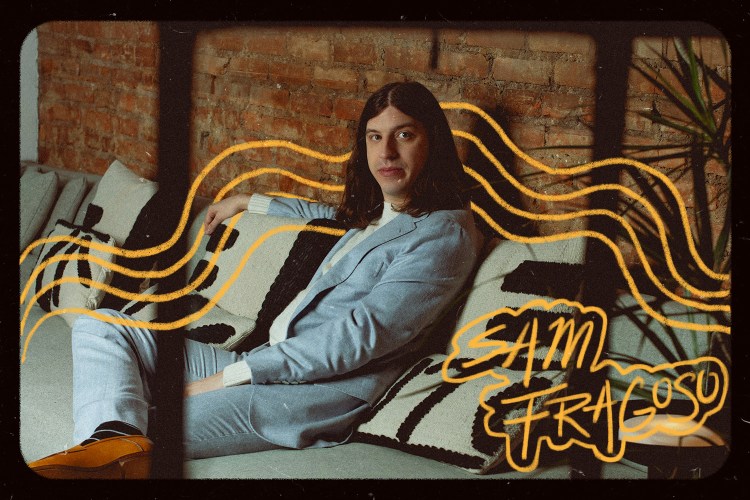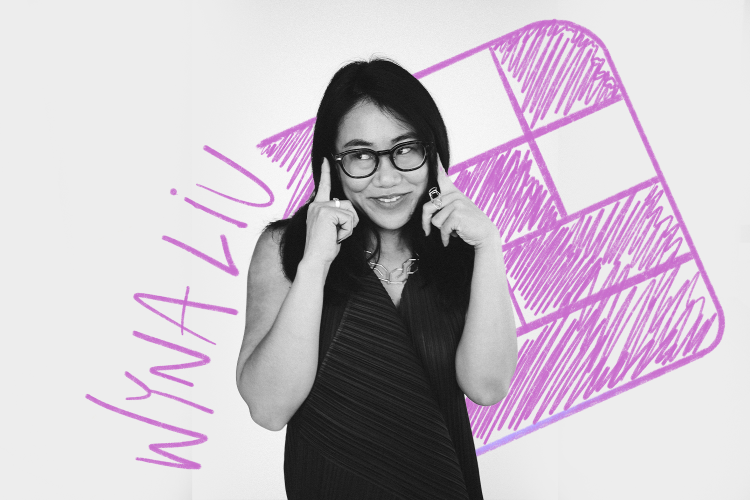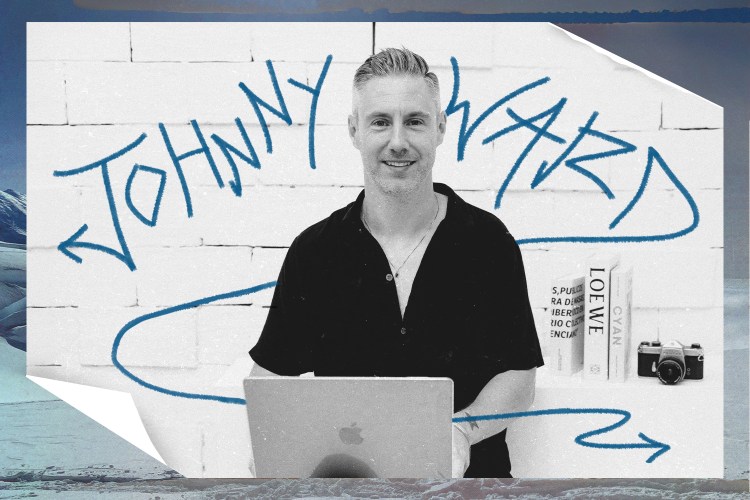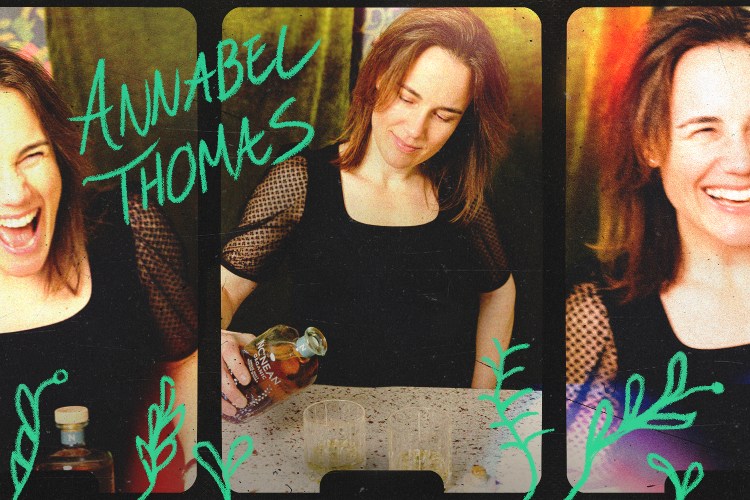Want to know what the future holds? You need to meet the people building it. In our series Who’s Next, we profile rising stars of culture, tech, style, wellness and beyond.
In 2020 I tested the second generation of Bose Sleepbuds. Admittedly, the audio brand’s first attempt at making comfortable, slumber-inducing earbuds had been met with a tepid response. But the second try was a vastly improved product that I, and seemingly many other people, wholeheartedly approved.
Well, not enough people for Bose. Soon after the launch, the company shut down its health division, which included the sleepbuds. Thankfully, a few team members — led by former Director of Technology N.B. Patil — remained committed to finding a tech solution to one of the biggest problems facing people every single day: getting good sleep. According to the National Heart, Lung, and Blood Institute (NIH), 1 in 3 adults do not regularly get the recommended amount of uninterrupted sleep they need to protect their health.
This brings us, five years later, to Ozlo, a company wholly committed to tech-based sleep solutions. Their first product is a game-changing set of sleeping earbuds, which recently won CNET’s Best Health/Wellness Tech Award at CES 2025.
If you’ve never used sleeping earbuds before, the concept isn’t too complicated. They’re small, flat, purposely low-profile headphones that usually work with a case (and your phone) to stream relaxing noises and gentle alarms while blocking outside noise.

The Ozlo Sleepbuds accomplish these tasks with aplomb and no subscription fees, while also offering incredible comfort (I stopped noticing them the first night after about five minutes), passive noise-blocking, sensors to detect when you’ve fallen asleep, long battery life and, most importantly and in contrast with the Bose Sleepbuds, streaming from your phone or tablet’s audio content. Given their tiny size, they’re also a wonder for side sleepers like myself.
“I worked at Bose for 22 years before leaving and starting Ozlo,” says Patil, the company’s co-founder and CTO, who’s calling me from India. “When I was at Bose, I liked the sleepbuds and how impactful they were. It’s a life-changing product! When Bose decided to discontinue the product, I said, ‘Okay, if I had to do something, this is it.’ So I got out, made an offer to buy the IP and then raised the money to build a team, many of whom worked on those original Bose buds.”
Patil is being modest. “I can’t emphasize how extraordinary it was for N.B. to navigate the political landscape of Bose and actually acquire the IP,” adds Rockwell “Rocky” Shah, Ozlo’s CEO. While he isn’t a former Bose employee, Shah helmed an app company that produced audio for Bose Sleepbuds. “It’s a historic deal. Bose had never done anything like that before.”
Even after securing that unprecedented agreement, the nascent tech company encountered several hurdles early on. Ozlo’s Sleepbuds have a familiar look, but most of the technology had to be redesigned from the ground up (“We kept basically the form factor and the mechanical design,” says Patil). They also had to develop the product as improvements in Bluetooth Low Energy (BLE) tech were being advanced outside of the company, which was critical for the product to succeed. Essentially, BLE means the buds can be tiny and use very little energy when they communicate with the case (which utilizes a normal Bluetooth connection for the streaming audio).
“It was like driving and changing the wheel at the same time,” says Patil. “But the good news is that, because of the industry’s [BLE] development, we can now get 10 hours of streaming in a tiny earbud. And we’re the first product to market that can stream directly from your phone to the buds without a case.”

After the company’s launch, Patil and Shah decided to start a crowdfunding effort, which collectively raised over $8 million and became the number one InDemand campaign of all time on Indiegogo (basically, raising funds after a project’s funding goals are met). “The idea wasn’t to raise money — that thankfully wasn’t an issue,” says Patil. “Fundraising was to build a community of people to help explore and try different things. We wanted feedback on what the customers actually wanted, and that campaign helped us prioritize our features.”
That customer feedback is reflected in Ozlo’s initial product. For example, while the technology is in the works, the Ozlo buds don’t currently offer sleep monitoring or sleep data. “The people cared about blocking the noise in their heads and their rooms, so we focused on that,” says Patil. “Tracking was the lowest priority. It was like the eighth or ninth feature they were looking for.” (You’ll see that focus reflected in the brand’s “Our Story” page, which accurately points out that we have too many devices that track data and tell us that we have problems without, you know, solving the problems.)
One serious advantage to the new Ozlo buds is the streaming component. There’s a library of sounds (I use ocean waves lapping at the beach) which are stored and available in the buds themselves, meaning you don’t even need your phone. But if you want to use your own audio, you can stream from your device, whether it’s a third-party white-noise sound library, Netflix or something more original. “We’ve got reports of people using ASMR cat videos to go to sleep,” Shah admits.
That said, there were more important priorities beyond personal streaming. “It doesn’t matter how many features you have — if it’s not comfortable, no one’s gonna wear it,” says Shah. “And noise-blocking is obviously number two, both external noise like snoring and your internal noise, what you’re worried about.”

Given the noted connection between both mental and physical health and sleep, Patil and Shah aren’t stopping with one product. Ozlo’s Sleepbuds are envisioned as one part of a larger sleep-tech ecosystem, although the company can’t announce anything quite yet. For now, the buds are getting constant updates, including pass-through sound alerts for emergencies (a baby crying, alarms, etc.).
Many early users, including yours truly, envision using these as everyday earbuds, which is technically possible now but not necessarily encouraged by the Ozlo team. “People say, hey, these are comfortable, I want to replace my AirPods with them,” says Shah. “I’m like, I know you’re excited, [but] it’s not ready to replace your AirPods yet.”
In the end, Ozlo’s debut product should revitalize a category that always seemed like a home-run consumer technology that never took off.
“I think it really helped to ship 30,000 preorders early last year and get a large beta testing group,” says Shah. “How many hardware companies ever get that kind of testing at that kind of scale before they launch? I bet the Fisker Ocean team and the Rabbit R1 people and the Humane AI pin, I bet those folks wish they had done that. It was a conscious decision to build this in public.”
“I think for a lot of companies, they chase shiny objects…they want to add these bells and whistles, but not in the context of how does this actually improve the customer’s sleep,” adds Patil. “We want it to be about falling asleep faster, staying asleep longer, waking up more refreshed. All of these things can be done and enabled with the right technology.”
The Charge will help you move better, think clearer and stay in the game longer. Subscribe to our wellness newsletter today.


